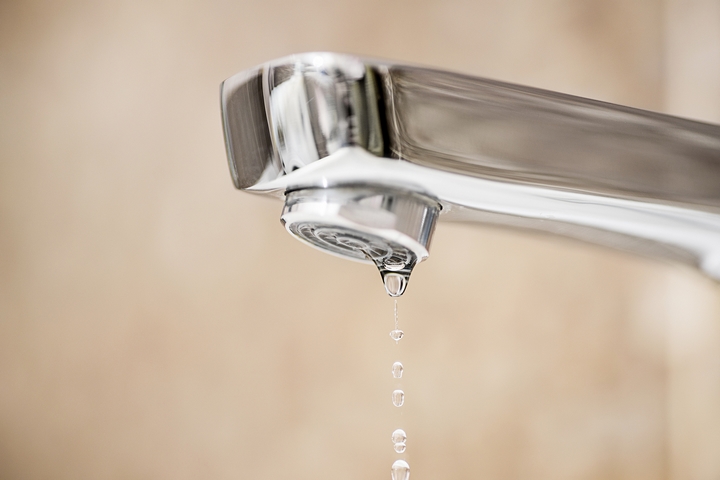
A leaky faucet can be extremely annoying. But depending on how often that leaky faucet drips, it could waste more than 3 gallons of water each day. In fact, a serious faucet leak could waste up to 30 gallons of water in a single day!
If you have a leaky faucet in your home, you should get it fixed as soon as possible: it will be better for your sanity, but also for the environment, as letting so much water drip down the drain is a waste that can be avoided.
But what causes a faucet to drip in the first place? And is it always necessary to call a plumber, or could you fix the leak yourself? Let’s figure the reasons that cause a faucet to drip:
1. A damaged cartridge can cause a leak
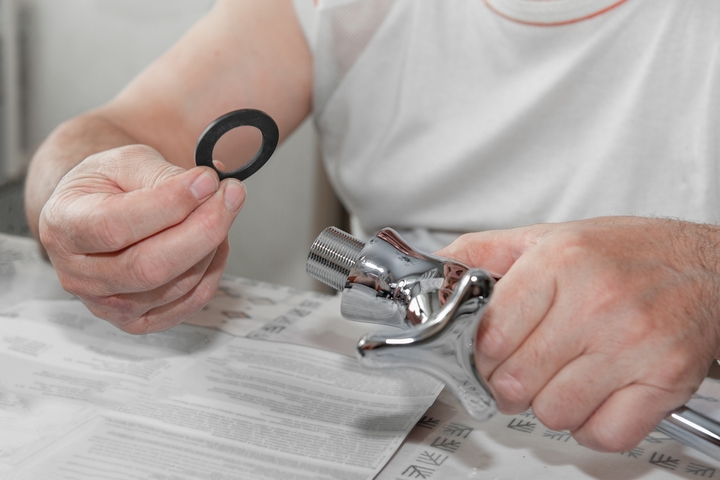
A damaged cartridge is one of the most common causes for why faucet drip. A cartridge faucet is a faucet that features two handles, one on each side of the spout. To turn the water on or off, you move each handle up or down.
This type of faucet is common in bathrooms. If your leaky faucet is a cartridge faucet, the leak could be caused by a damaged cartridge.
Figuring out if a cartridge is damaged, and replacing it with a new one, can be a bit tricky if you don’t know what you are doing. Unless you feel confident enough to disassemble parts of your faucet and purchase a replacement cartridge of the right size, you should call a plumber.
2. Washers wear out over time
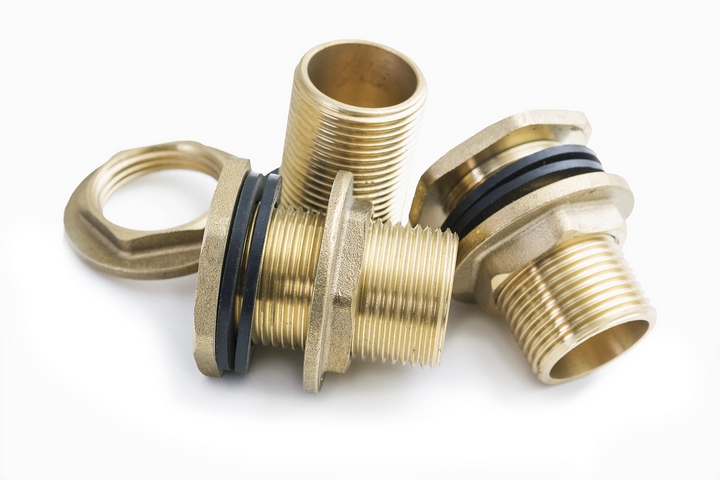
A compression faucet is another type of faucet that has two handles, except they must be turned instead of moved up and down. Small rubber washers are used to control the flow of water, and these washers can wear out over time.
If you want to try to replace a damaged washer on your own, you need to start by turning off the water with your home’s shutoff valve. You can then disassemble the handles of your faucet, remove the valve stem, and look for the rubber washer inside.
Make sure you replace a damaged washer with a new one of the right size. Be sure you install the new washer correctly before putting your faucet handle back together, as a washer that is not correctly placed might leak.
3. O-rings can get worn out as well
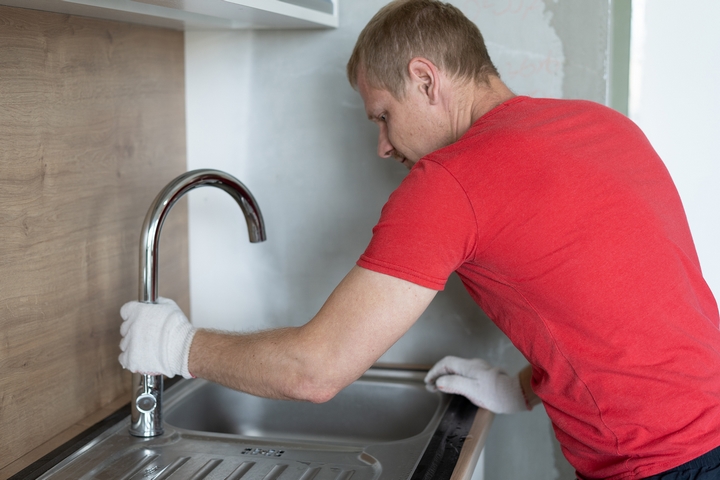
If one of the handles of your faucet is leaking, the leak could be caused by a damaged O-ring. An O-ring is a small ring that helps hold the handle of a faucet in place, and just like rubber washers, they can get damaged over time.
Once again, it’s possible to replace a damaged O-ring yourself by disassembling the leaky faucet handle, and buying O-rings of the right size.
If you are not too sure how to do this, or if you don’t have any tools to do it, consider calling a plumber.
4. The valve seat of your faucet could be leaking
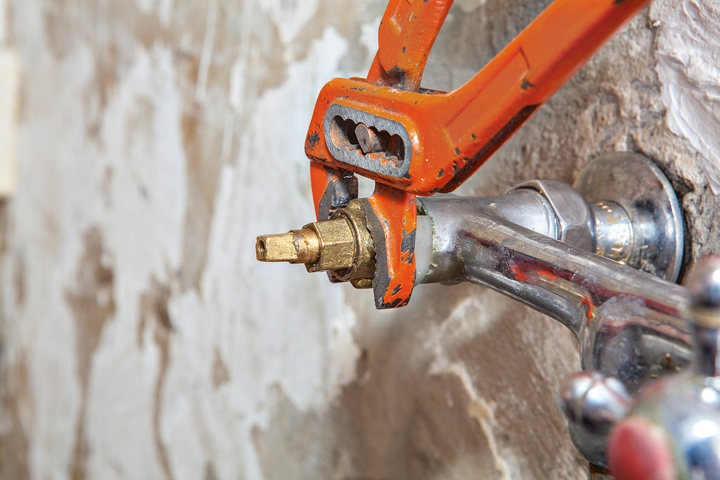
A corroded valve seat is what could be causing your faucet to drip. The valve seat is what connects the faucet to its spout. Over time, a buildup of sediments can corrode it, which results in a leak.
The solution to this problem is either to replace the valve seat, or to replace the entire faucet. It’s best to trust a qualified plumber to do this for you.
To prevent future issues with your new valve seat, ask your plumber how you can keep it clean and free of sediment buildups.
5. Corroded seals can lead to leaks
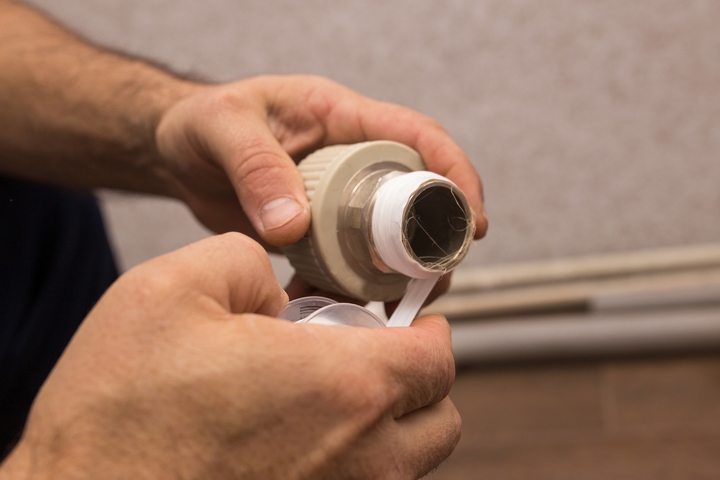
The valve seat of a faucet is not the only part that can get corroded over time. Worn-out inlet and outlet seals could be responsible for the leak of your faucet.
Once again, you should consider calling a plumber who will be able to replace your faucet’s faulty seals, and stop the leak.
6. Water pressure could be the culprit
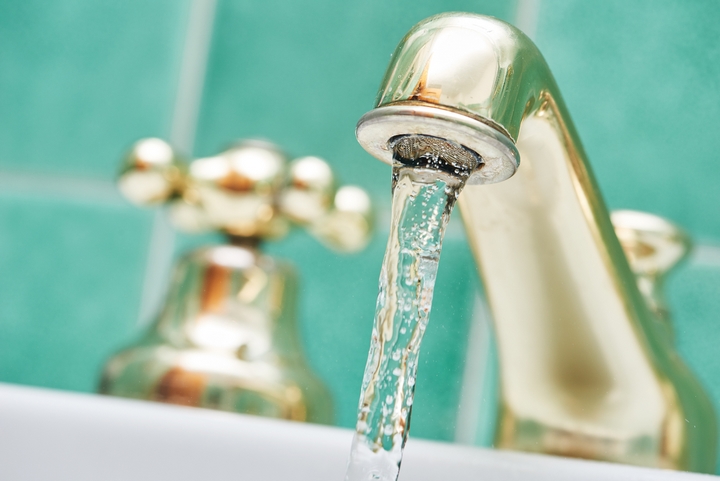
If you noticed that your leaky faucet is not constantly dripping, it could be a sign that something is wrong with the water pressure of your home’s plumbing system.
If the water pressure is too high, it could prevent some of the water from flowing away: it could then occasionally flow back up and drip down the faucet.
To reduce water pressure, look for your water pressure regulator. This is a valve that should be installed where the water meter enters your home. Start by turning off the shutoff valve, and turn the screw of your regulator counter-clockwise to reduce water pressure.
If you don’t have a water pressure regulator, ask a plumber to install one for you.
7. Plumbing issues could make your faucet drip
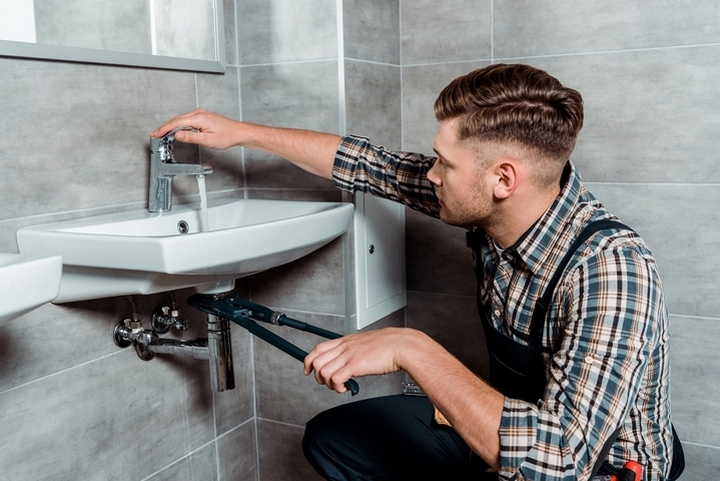
Finally, a broken pipe or fitting could be responsible for the leak. Some plumbing issues can create problems with the water pressure, and this can cause a faucet to leak from time to time.
Broken pipes can be responsible for other issues in your home, so if you suspect there is a broken pipe in your plumbing system, call a plumber to the rescue as soon as possible.
